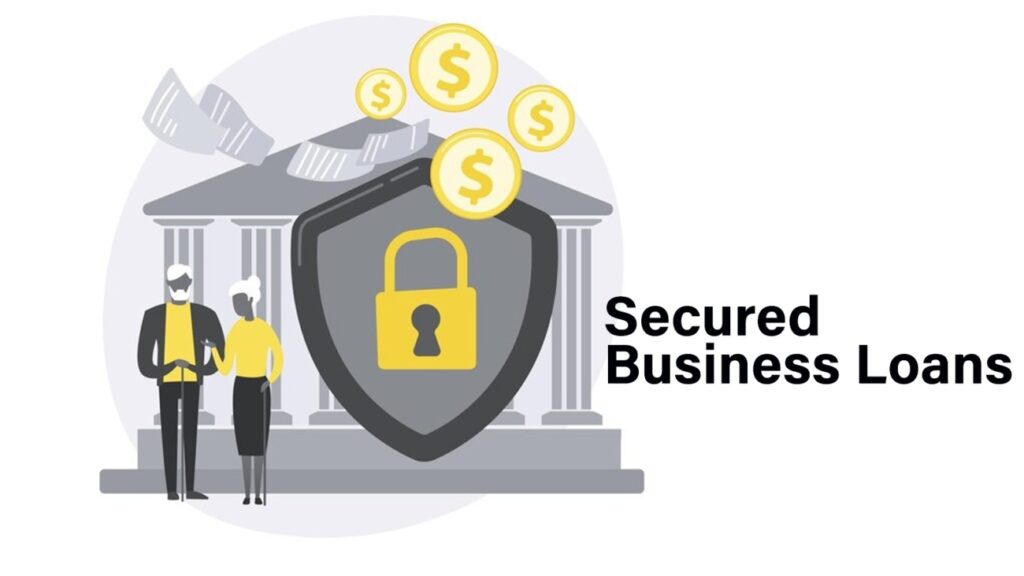Why are secured business loans the best?
Why are secured business loans the best? In the ever-evolving business realm, obtaining optimal financing can be transformative. One notable avenue that has proven beneficial for many entrepreneurs is the secured business loan. A secured business loan involves borrowing money backed by collateral. This collateral could be real estate, equipment, or other valuable assets owned by the business or the borrower. This collateral serves as a safety net for the lender, reducing the risk and, in turn, leading to more favourable terms for the borrower. These loans are crucial in providing financial stability and opportunities for business growth. By understanding the nuances of secured loans, entrepreneurs can make informed decisions about their financial future. Benefits of Secured Business Loans A. Lower Interest Rates One significant advantage of secured loans is the lower interest rates compared to unsecured alternatives. Lenders see secured loans as less risky due to the collateral, resulting in cost savings for the borrower. B. Higher Loan Amounts Secured loans often allow businesses to secure higher loan amounts, providing access to more substantial capital for expansion, equipment purchase, or other strategic initiatives. C. Longer Repayment Terms The extended repayment terms of secured loans offer businesses flexibility in managing their cash flow. This proves especially advantageous in times of economic adversity. D. Easier Approval Process Securing a loan with collateral can streamline the approval process, making it easier for businesses to access the funds they need. This is especially advantageous for those with less-than-perfect credit. Eligibility Criteria for Secured Business Loans A. Credit Score Requirements While secured loans are more forgiving of lower credit scores, a reasonable credit history is still essential. Lenders might consider both the individual’s credit score and the credit score associated with their business. A credit score of 750 and above is typically preferred for favourable loan terms. B. Business Financial Stability Lenders assess the business’s financial stability, looking at factors such as revenue, profitability, and overall financial health. A business vintage of over one year is often a positive indicator. C. Collateral Assessment The value and type of collateral are critical factors in determining loan eligibility and terms. Lenders will thoroughly assess the collateral to ensure it aligns with the loan amount. Documents Required for Secured Business Loans A. Personal and Business Documentation Applying for a secured loan involves providing documentation such as personal and business tax returns, financial statements, and legal business documents. B. Collateral Documentation Detailed collateral documentation, including appraisals and ownership verification, is crucial for the loan application process. C. Business Plan A well-structured business plan showcases the borrower’s vision, strategy, and how the loan will contribute to achieving business objectives. Tips for Securing a Favourable Loan A. Improving Credit Score Taking steps to improve personal and business credit scores can enhance eligibility for better loan terms. B. Choosing the Right Collateral Carefully selecting collateral that aligns with the business’s needs and has significant value can positively impact loan terms. C. Negotiating Loan Terms Negotiating with lenders can result in more favourable terms, such as lower interest rates or extended repayment periods. In Summary, a secured business loan can be a valuable asset for businesses seeking financial stability and growth. By understanding this, entrepreneurs can make informed decisions that align with their strategic objectives. Empowering businesses to make informed decisions about financing options is essential. Secured loans, when utilised strategically, can pave the way for sustained success. FAQ The approval process varies among lenders, but securing all necessary documentation and having a well-prepared application can expedite the process. 2. Is a secured business loan the right choice for every business? Secured loans benefit many businesses, but their suitability depends on individual circumstances. Consulting with financial advisors can provide personalised insights. 3. Why take a secured business loan from Prudent Capital? Prudent Capital offers appealing secured business loans tailored to your business requirements. Benefit from competitive interest rates, swift loan approval, and a streamlined documentation process for your convenience.










